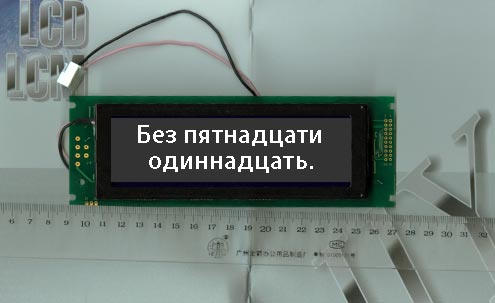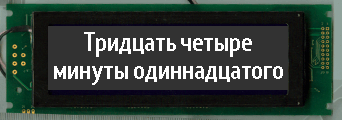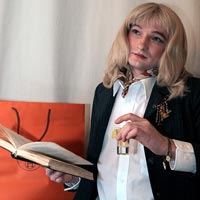Making of a font for Verbarius clock
|
On the one hand, a pixel font is easier to make. But on the other hand, it’s more difficult. With type size of 12-14 points you can’t really have any subtle features. And my first intention was to make a pixel version of Artemius which is all about little quirks. The result was this:  Firstly, it simply does not look good. Secondly, the letterforms are too thin. The clock is not that large, and it would lack readability. So I tried to make it thicker.  Well, this is better, though doesn’t look much like Artemius.  It’s quarter to eleven. Man, it’s getting late. Lets try it on the clock (photograph of a sample on a scale of 1 monitor pixel to 1 panel pixel):
No, no, no. It sucks. Too wide. Longer phrases won’t fit. And it looks bad again. All right, I got it. It’st useless to try to render our specialty typeface with all its peculiarities into a single-color pixel form. I should make a new one. 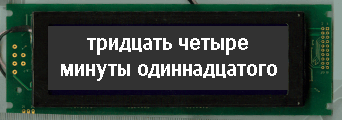 Ah, this one I like. 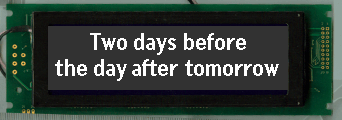 It’s almost fine. Lets try the capitals and the numbers.  And all the lowercase type. Good. Only good is not good enough, so it’s bad. It’s a little too heavy for its size. And there is need for more space. The counters should be larger. It all means I have to redesign it another time.
This is it. I say, it’s done. “C” and “e” have opened up. The contrast is almost gone. The type is bigger, yet long phrases fit just fine. Now it’s time for everything else. I won’t go for exquisite “g,” but I’ll make another twist—letters “y” in Cyrillic and Latin will look different. This is fun and no one will know.
I won’t design figures. A spelling clock does’t need them. Then I went to the lab to see if it looks good on the prototype. It sure does. OK, I can now go on to special characters and kerning. |
|
